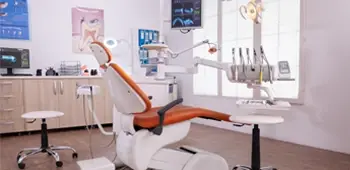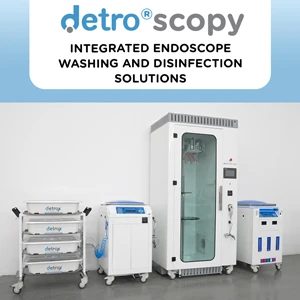Ways to Reduce the Risk of Infection in Hospitals
Although hospitals are the most critical areas where healthcare services are provided , they are also high-risk environments where infections can spread. Nosocomial infections (HAIs) pose a major threat not only to patients but also to healthcare workers and visitors. In addition to increasing treatment costs, these infections can prolong the recovery process and cause serious health problems. So, how can we reduce the risk of infection in hospitals?
1. Prioritise Hand Hygiene
The most basic and effective way to prevent nosocomial infections is to pay attention to hand hygiene. Hand hygiene plays a critical role in preventing the spread of microorganisms. According to the World Health Organisation, hand hygiene of healthcare workers before contact with the patient, after contact with the patient and his/her environment, after contact with body fluids and before procedures requiring asepsis significantly reduces the risk of infection. Hand antiseptics used in hospitals provide great convenience in this regard. Alcohol-based hand antiseptics offer fast and effective disinfection.
2. Floor and Surface Hygiene
Regular and effective disinfection of surfaces in hospitals is another important step in reducing the risk of infection. Floors, bedheads, surfaces in patient rooms and areas of frequent contact can be favourable environments for the growth of microorganisms. Therefore, regular cleaning with effective products such as floor and surface disinfectants is essential in hospitals. For example, hydrogen peroxide and colloidal silver-based disinfectants provide rapid disinfection without leaving residues.
3. Cleaning of Medical Devices
Medical devices, especially endoscopes, intensive care devices and surgical instruments, can become a source of infection when not properly cleaned. Instrument cleaners and disinfectants used in hospitals are critical in ensuring the hygiene of these devices. Inadequate cleaning can lead to the formation of microbial biofilm on the device and thus the spread of infections. Regular cleaning of devices and correct disinfection procedures are essential.
4. Ambient Hygiene and Air Quality
In hospitals, not only the surfaces but also the general hygiene of the environment must be ensured. Airborne microorganisms can cause serious infection risks, especially in critical areas such as intensive care units. Ambient disinfection devices provide a sterile environment by destroying microbes in the environment. For example, products such as Detro Air Spray, which works with hydrogen peroxide-based solutions, do not damage the surrounding objects and leave no residue while disinfecting the environment with pulvarisation method.
5. Patient Isolation and Visitor Control
Appropriate isolation of patients at risk of infection is another way to control the spread within the hospital. In this process, it is imperative that patient rooms are disinfected and staff use appropriate protective equipment. At the same time, controlling the number of visitors and ensuring that visitors disinfect their hands before entering the hospital also reduces the risk of infection.
6. Staff Training and Awareness Raising
In order for infection control to be sustainable, it is very important to train healthcare personnel on hygiene protocols. The knowledge of the staff about the correct cleaning and disinfection methods is a critical step to prevent the spread of infections. In addition, constant reminder of the importance of following hygiene rules is an effective strategy to prevent nosocomial infections.
7. Sterilisation and Instrument Care
Surgical instruments and other medical devices must be made germ-free by correct sterilisation procedures. Instrument sterilisation devices used in this process are vital in ensuring high hygiene standards, especially in surgical areas. Regular inspection of sterilisation processes and maintenance of instruments also help to minimise the risk of infection.
8. Waste Management
Medical waste in the hospital environment can pose a major threat to the spread of infections. Proper disposal of waste and safe handling of contaminated materials are essential for maintaining hospital hygiene. In particular, proper management of infected materials and sharps waste is important to protect hospital staff and other patients.
Hygiene Measures Save Lives
Although hospitals are places where the risk of infection is high, these risks can be minimised with the right hygiene and infection control methods. Starting with the hand hygiene of healthcare workers, regular disinfection of surfaces and the environment, sterilisation of medical devices and staff training significantly reduce the risk of infection. Paying attention to hospital hygiene is vital not only for the health of patients but also for public health.
In this context, products such as floor and surface disinfectants, hand and skin antiseptics, environmental disinfectants and instrument cleaners used in hospitals play an active role in infection control. Ensuring hygiene in the health sector is only possible with the use of the right products and the full implementation of hygiene protocols.






















